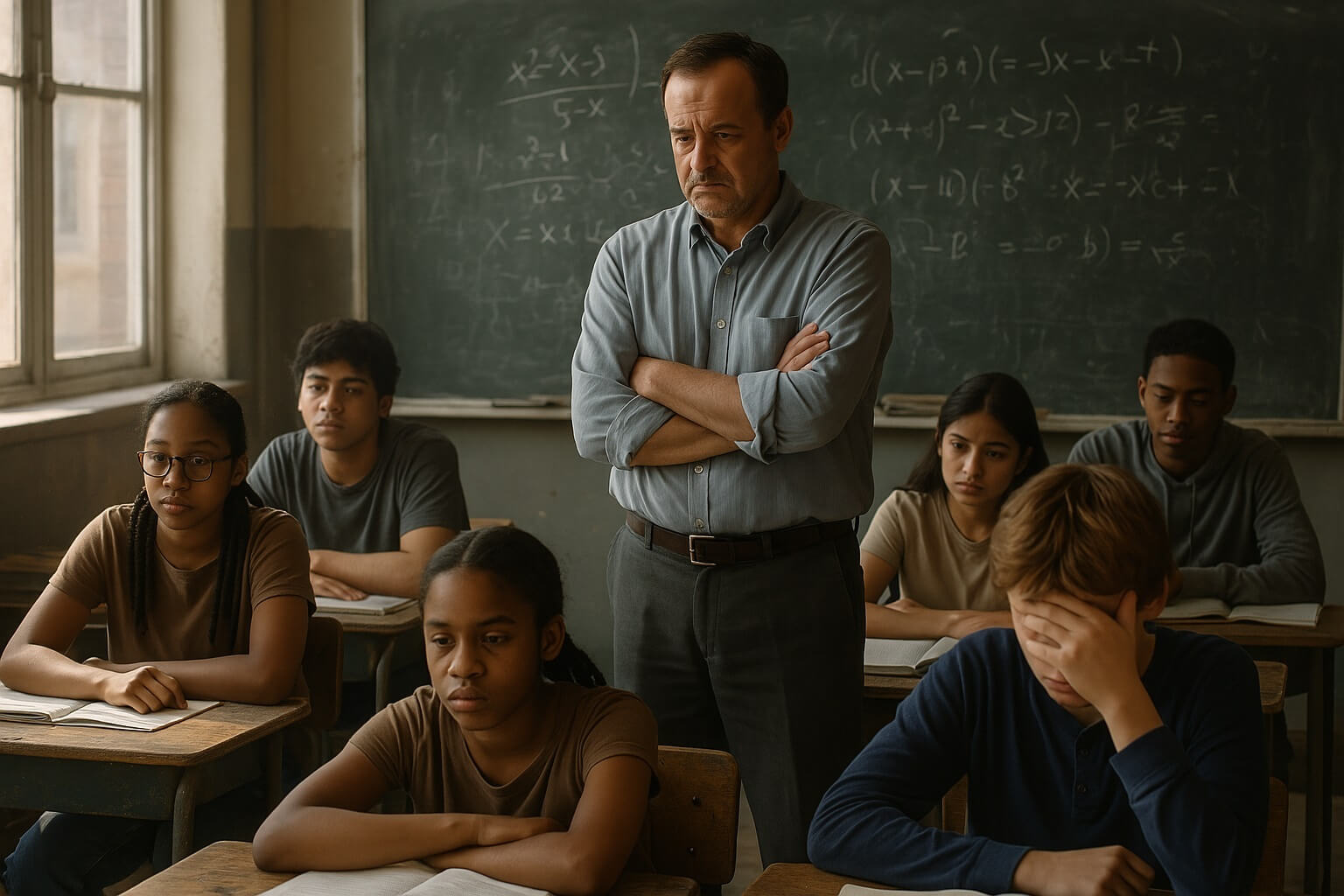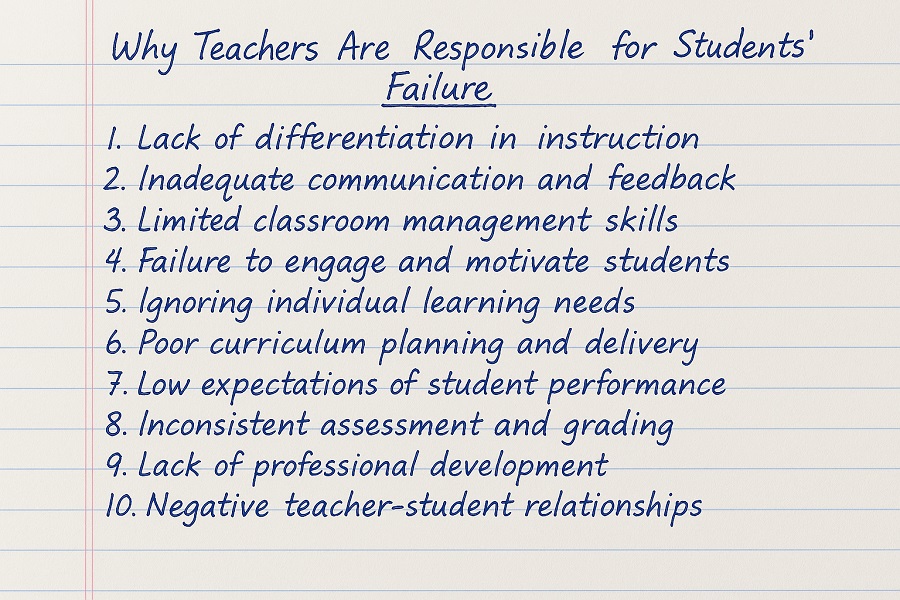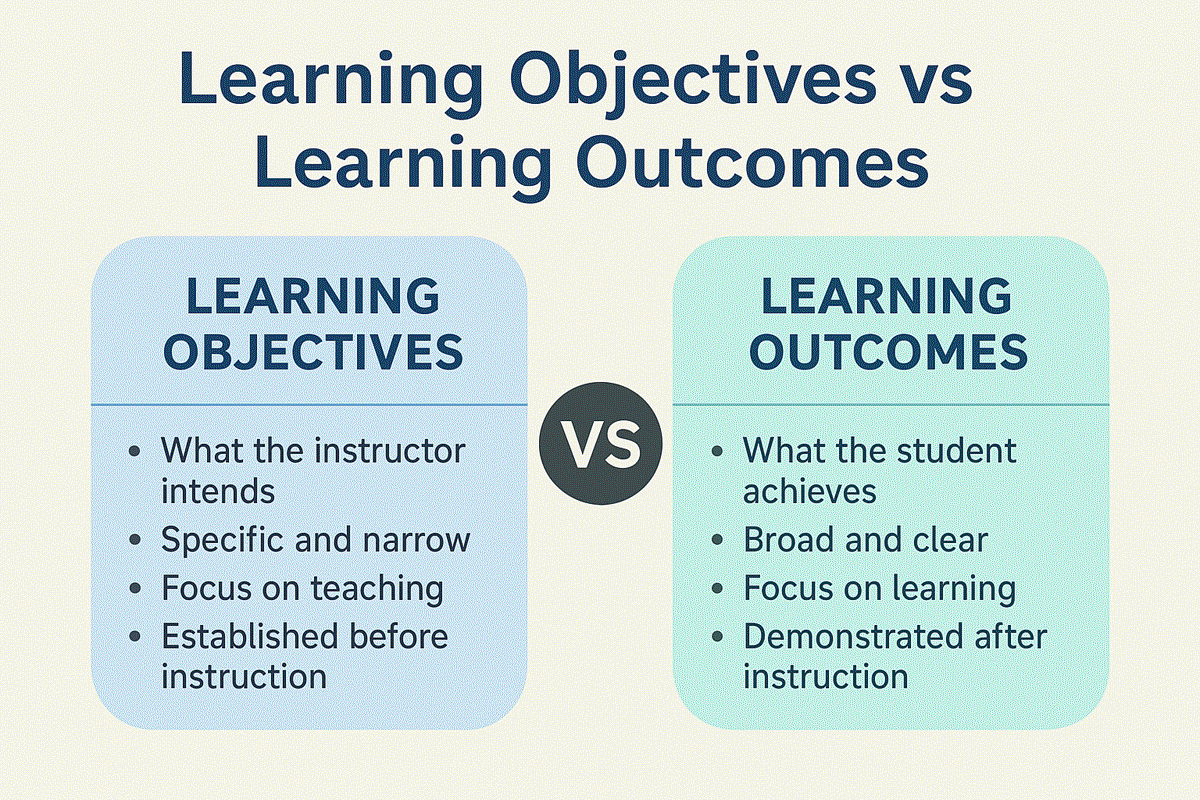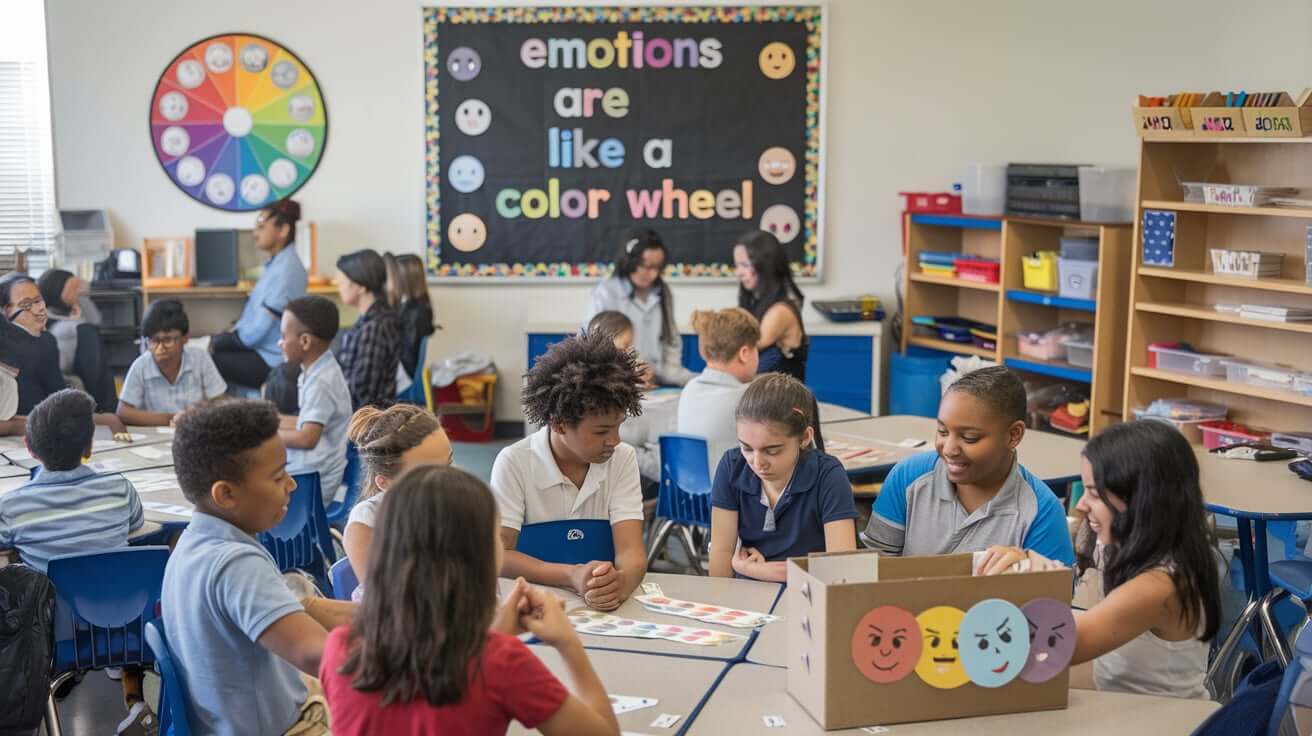
Table of Content
- Who Bears the Blame When Students Fail?
- Are Teachers Accountable for Student Failures?
- How Expectations Shape Learning Outcomes
- The Impact of Teaching Methods
- When Instruction Ignores Diversity
- Emotional Influence of Teaching Styles
- Lack of Engagement Isn't Always the Student's Fault
- Communication Gaps in the Classroom
- Real-Life Example: Language Barrier
- Evaluation Without Feedback Is Useless
- Professional Development Gaps Among Teachers
- Challenges Teachers Face That Impact Performance
- What About Parents and Students?
- Global Research on Teacher Influence
- Stories That Show Teacher Impact
- Responsibility Requires Support, Not Blame
- Conclusion
- FAQs
Who Bears the Blame When Students Fail?
When students fail academically, the response often shifts the blame toward the student, such as a lack of discipline, laziness, or distractions. But that’s not the full picture. There’s a critical figure in every student’s academic life whose role is frequently overlooked—the teacher.
Teachers play a central role in learning. They decide what is taught, how it's delivered, how students are evaluated, and how feedback is shared. If their methods are not effective or inclusive, this can create a chain reaction that leads students toward failure—not because of a lack of potential but because their environment didn’t support them.
Let’s say a student struggles with written instructions but thrives with visual examples. That student is left out if the teacher insists on using only written handouts. This isn’t just theoretical—it plays out every day. According to UNESCO, over 40% of students in multilingual classrooms fail to meet minimum academic standards when teachers don’t adjust to language needs.
This article explores when and how teachers contribute to student failure. It draws from international research, lived classroom examples, and educational case studies. The goal isn’t to blame teachers—it’s to understand the weight of their influence and what can be done better. If we can understand the gaps in instruction, communication, and engagement, we can also find practical ways to fix them.

Are Teachers Accountable for Student Failures?
Teachers are not the sole reason students fail, but their role is significant. Teaching is not just about transferring knowledge—it’s about facilitating understanding. When a teacher uses outdated methods, overlooks feedback, or misjudges student ability, progress can be derailed.
A teacher’s expectations alone can impact performance. Research from Harvard shows that when teachers believe students can do better, those students perform better. The reverse is also true. Low expectations often result in students not trying at all.
How Expectations Shape Learning Outcomes
This concept is often called the Pygmalion Effect. A teacher who expects high performance encourages growth, while a teacher who doubts a student sends indirect signals that the student isn’t capable. Over time, students internalize these expectations.
In one study by the U.S. Department of Education, students in classrooms with low-expectation teachers scored nearly 20% lower on standardized tests than those in supportive environments.

The Impact of Teaching Methods
Let’s talk about delivery. Some teachers rely solely on lectures or textbooks without accommodating different learning styles. This approach doesn’t work for every student.
Auditory, visual, and kinesthetic learners need different tools. If a student learns best by doing but the teacher only lectures, failure becomes more likely—not because the student can’t learn but because the teaching doesn’t fit.

When Instruction Ignores Diversity
A one-size-fits-all method sets students up for failure in classrooms with mixed abilities. Students with learning disabilities, language barriers, or emotional struggles need differentiated instruction.
Unfortunately, according to the National Center for Education Statistics, only 20% of teachers feel fully trained to teach students with special needs. This lack of preparation leads to mislabeling students as underachievers when they need a different approach.
Emotional Influence of Teaching Styles

The emotional tone a teacher sets matters. Constant criticism, sarcasm, or public embarrassment can harm a student’s confidence. Some shut down emotionally and stop participating altogether.
CASEL research found that classrooms with supportive emotional environments had dropout rates 20% lower than those where students felt judged or unsafe.
Lack of Engagement Isn't Always the Student's Fault
If a student isn’t paying attention, it might not be because of disinterest. It could be because the material feels irrelevant, the teaching is repetitive, or the student isn’t given an active role in learning.
Active learning can significantly improve interest and performance by using group projects, debates, and real-life examples. The OECD reported a 30% improvement in critical thinking scores in classrooms that used active learning techniques.
Communication Gaps in the Classroom
Miscommunication between teachers and students is a common but overlooked problem. Language, tone, or unclear instructions can confuse students or leave them feeling misunderstood.
This problem grows in multicultural classrooms. UNESCO has reported that language mismatches between teachers and students are one of the top five reasons for academic failure.
Real-Life Example: Language Barrier
In one school in India, students spoke a tribal dialect, but teachers taught in official Hindi with no translation support. Within months, nearly half the students dropped out. They weren’t failing because they didn’t try but couldn’t follow the lessons.
Evaluation Without Feedback Is Useless
Students need to know not just how they performed, but why they performed that way. Grades alone don’t teach anything.
ASCD research shows that effective feedback can improve learning retention by up to 23%. However, too often, students receive marks without comments or clear direction on how to improve.
Professional Development Gaps Among Teachers
Many teachers feel underprepared for today’s classrooms. The Bill & Melinda Gates Foundation found that over half of teachers' training didn’t reflect real classroom challenges.
Good teaching requires ongoing learning. But many systems don’t offer enough practical, hands-on training in behavior management, inclusive education, or emotional intelligence.
Challenges Teachers Face That Impact Performance
Let’s be fair—teachers don’t have it easy. Overcrowded classrooms, administrative demands, and rigid testing schedules make it harder to innovate or give personal attention.
Still, when these pressures lead to burnout, the effect trickles down to students. According to OECD data, nearly 35% of teachers report high stress that affects their performance.
What About Parents and Students?
This isn’t a one-sided issue. Students sometimes lack motivation, and parents might not have the time or knowledge to support learning at home. But that’s exactly why the teacher’s role matters even more.
A teacher who listens, adapts, and builds relationships can still guide students to succeed—even when home support is lacking. It's not about perfection; it's about presence and persistence.
Global Research on Teacher Influence
International studies show a direct link between teacher quality and student performance. Finland, for example, requires all teachers to hold a Master’s degree and supports continuous training. Their dropout rates are among the lowest in the world.
PISA data also confirms that teacher engagement, more than school funding or technology access, predicts student achievement.
Stories That Show Teacher Impact
A teacher in a rural African school stayed after hours to help struggling students. The pass rate jumped from 40% to 90% within a year. The curriculum didn’t change—the teacher did.
In contrast, a student in a high-income UK school was labeled lazy by a teacher who didn’t recognize signs of dyslexia. That child failed multiple years before being correctly diagnosed.
Responsibility Requires Support, Not Blame
We can’t expect teachers to solve everything without help. But we can expect them to do their part with care, adaptability, and accountability. When teachers, students, and parents share responsibility, the results can change lives.
Schools should support teachers through ongoing training, mentorship programs, and reduced class sizes. Policymakers should shift focus from test scores to real engagement.
Conclusion
Teachers are a central force in students' academic success or failure. They don’t control every factor, but their expectations, methods, and mindsets powerfully shape the classroom experience.
Failure is rarely a one-person issue. But if we want to reduce it, we must start by strengthening the support systems around teachers and holding them accountable where it counts.
When teachers feel prepared, supported, and heard, they can do the same for their students. That’s how we move from failure to progress together.
FAQs
1. Can a teacher cause a student to fail?
Yes, when teaching methods or expectations don’t meet a student’s needs, it can lead to academic failure.
2. Are all teachers responsible for their students’ poor performance?
Not always. Many factors affect learning, including home life and student motivation. But teachers play a key role.
3. What training should teachers receive to reduce student failure?
Ongoing support in inclusive teaching, emotional intelligence, and classroom engagement strategies.
4. How can parents work with teachers to help students succeed?
By maintaining regular communication, supporting homework routines, and attending school meetings.
5. What should schools do to help teachers improve student success?
Reduce class sizes, offer mentorship, encourage peer support groups, and focus on emotional well-being and training.


